Living Among Baltimore's Floating Trash
--Blogpost written by Bob
We currently live aboard our sailboat in Baltimore Harbor, more specifically in a marina located in the neighborhood of Canton. We see trash floating on the surface of the water in our marina on a daily basis--somedays just a couple of pieces here and there and other days there are large clusters (or clouds) of floating trash. Rainfall delivers the trash from Baltimore's streets to the harbor. More frequent rainfall generally means we see more trash on the water.
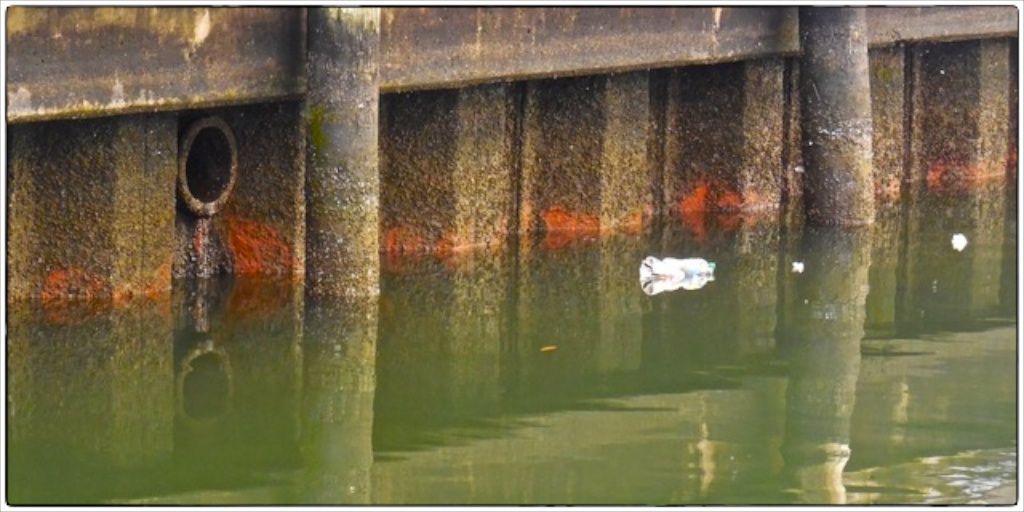 |
| Low tide reveals the drain discharge from the street. The floating trash on the right probably came from the drain discharge on the left. |
Trash in the Harbor
Everyday, trash from Baltimore's streets including plastic bags, styrofoam cups, food wrappings, etc. float on the surface of the harbor. There are hundreds of points where the streets drain directly into the harbor. Baltimore has increased the frequency of street cleaning to reduce the trash that gets to the harbor but I have to wonder if this is making much of a difference.
Floating Trash Removal
While city street cleaning may have improved, the disposal of trash into the harbor continues relatively unabated. The city has a trash boat that is used to collect floating debris from the harbor--it is called a skimmer. While the skimmer can't fit into all the small areas along the shoreline where the trash collects, it has been estimated that the skimmer collects an astonishing 110,000 tons (220,000,000 pounds) of trash per year from the harbor.
An innovation called "Mr Trash Wheel" located in the Inner Harbor is a clean energy-powered wheel equipped with a conveyer belt; as the belt turns, garbage and other debris travel up the belt and are deposited into a dumpster and disposed of accordingly. "In just 18 months, Mr. Trash Wheel has removed 350 tons (700,000 pounds) of garbage from the harbor. That's nearly 200,000 bottles, 173,000 potato chip bags, and a whopping 6.7 million cigarettes."
Another innovation, a solar-driven fixed skimmer, is installed on the Jones Falls--it is capable of removing 50,000 pounds of trash per year. (The Jones Falls is a 17.9-mile-long stream in Maryland. It is impounded to create Lake Roland before running through the city of Baltimore and finally emptying into the Baltimore Inner Harbor.)
Booms
At one location along the shore line where trash enters the harbor (Harris Creek), a line of floats called a boom like those used to contain oil spills are arranged in a big arc across the creek's mouth. (The bridge shown in the photo is a walking bridge that is part of the promenade.)
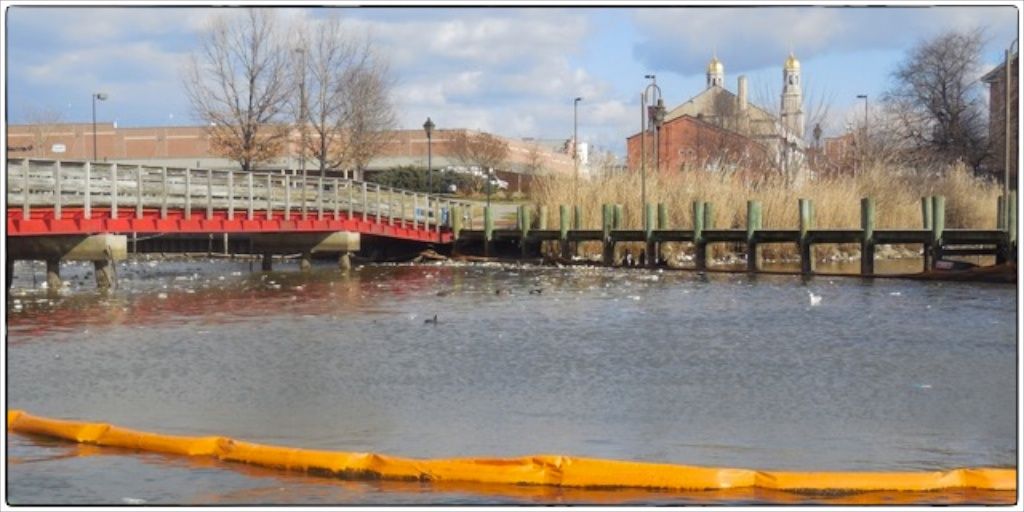 |
| A boom is installed as a large arc around the mouth of Harris Creek to contain the floating trash until the trash boat comes to collect it. The trash boat collects trash from this spot daily. |
The city regularly comes to this area and cleans up the floating debris that is collected upstream of the boom. However, plastic bags will partially submerge and regularly find their way under the boom and into the harbor.
According to Top Ten Facts About Plastic Bags in our Oceans, a plastic bag is used for 12 minutes on average but may last (an estimated) 1000 years in the ocean.
Identifying Street Drains Helping?
There is an effort in various neighborhoods of Baltimore, like Canton, to hand paint colorful environmental warnings on the street drains about the fact that they drain into the harbor. In our brief survey in Canton less than 5 percent (three out of 68) of the street drains were painted with warnings about draining into the Chesapeake Bay.
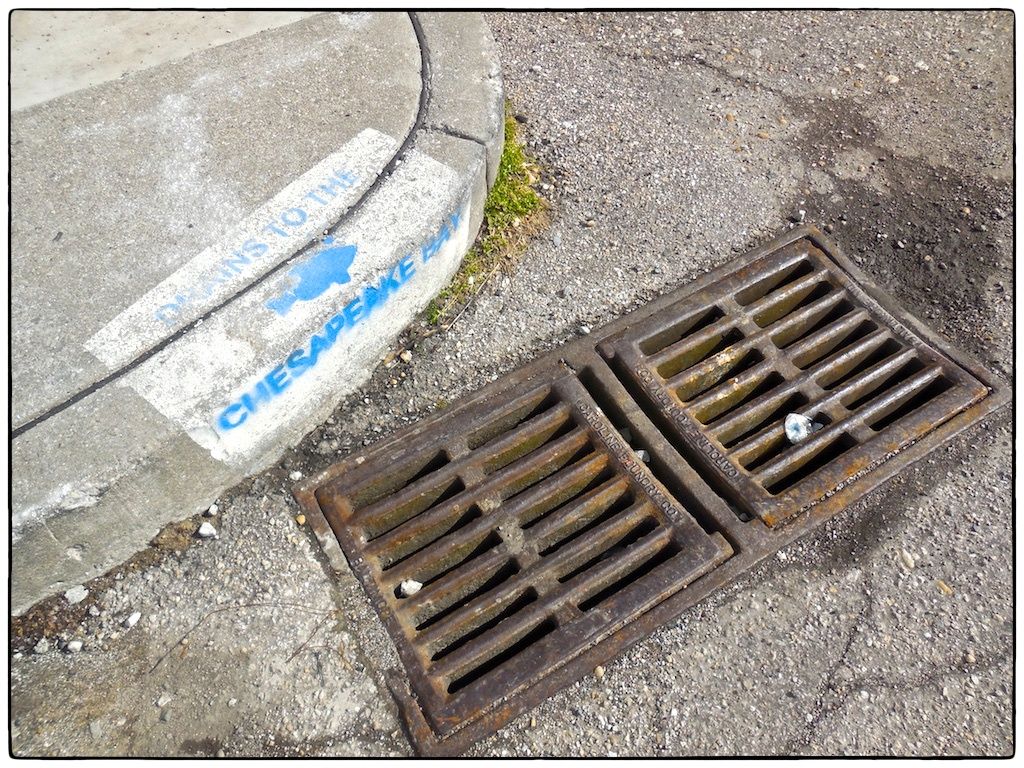 |
| This street drain has grates--it is less likely to allow large pieces of trash to get through. The painted message reminds people that it drains directly into the bay. |
I really wonder if the kids who do the painting on the street drains make the connection between their community "art project" and the trash floating in the harbor. Why are only 5% of the street drains painted with environmental warnings? In my opinion, regular neighborhood clean up efforts should accompany the painting of all the street drains.
Is There a Solution?
We recently walked about 1-1/2 miles of streets in the nearby Canton neighborhood with the specific purpose of surveying trash sources--we saw 68 street drains to the harbor and 12 public trash cans, 3 of which were maintained by nearby retail businesses. (Thank you Safeway and Starbucks!) I think this tells a lot about our floating trash problem and ways to solve it. We need MORE public trash cans along the streets!
Less than half of the street drains in our brief survey in Canton have grates that prevent large pieces of trash from entering the drain. Clearly an improvement can be made by simply using grates on all street drains. If grates were used on all street drains, most of the street trash might be picked up by street cleaning measures before it gets to the harbor.
Banning the use of plastic bags and styrofoam cups in the City of Baltimore will improve the situation as long as what is used to replace them is manageable. According to the factsheet, Top Ten Facts About Plastic Bags in our Oceans, "Nearly 100 cities, towns, and counties across the U.S. have banned plastic bags, half of them in the past year or so."
Even though the majority of plastic bags are associated with grocery stores, I believe most of these end up being disposed of properly. The plastic bags I've seen in the water come from sources other than grocery stores. (Plastic bags that are properly disposed of and get into the trash collection system are incinerated and used to generate electric power at the Baltimore RESCO plant.)
As a mechanical engineer I applaud the innovation applied to various methods of removing floating trash from the harbor but I believe It is much more effective to stop the flow of trash before it gets to the harbor than it is dealing with it after it is in the harbor because we will never get anywhere near 100 percent clean up using these methods.
Thanks for following our blog!
Addendum - April 20
On the east end of the harbor in Canton, I have seen the trash boat only a couple times in the six months we have lived aboard here. I snapped a photo of it this week.
 |
| Baltimore's trash boat at work collecting floating trash in the Canton neighborhood of Baltimore. |

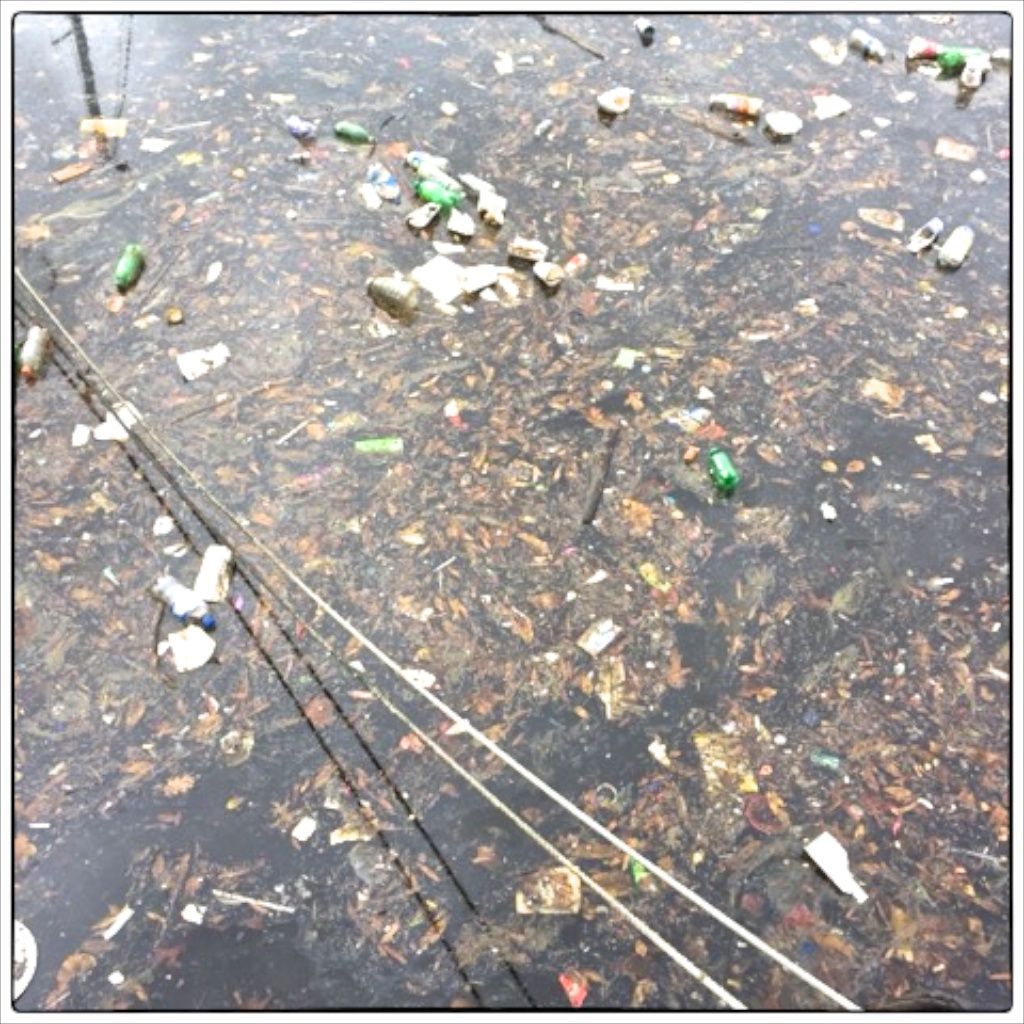
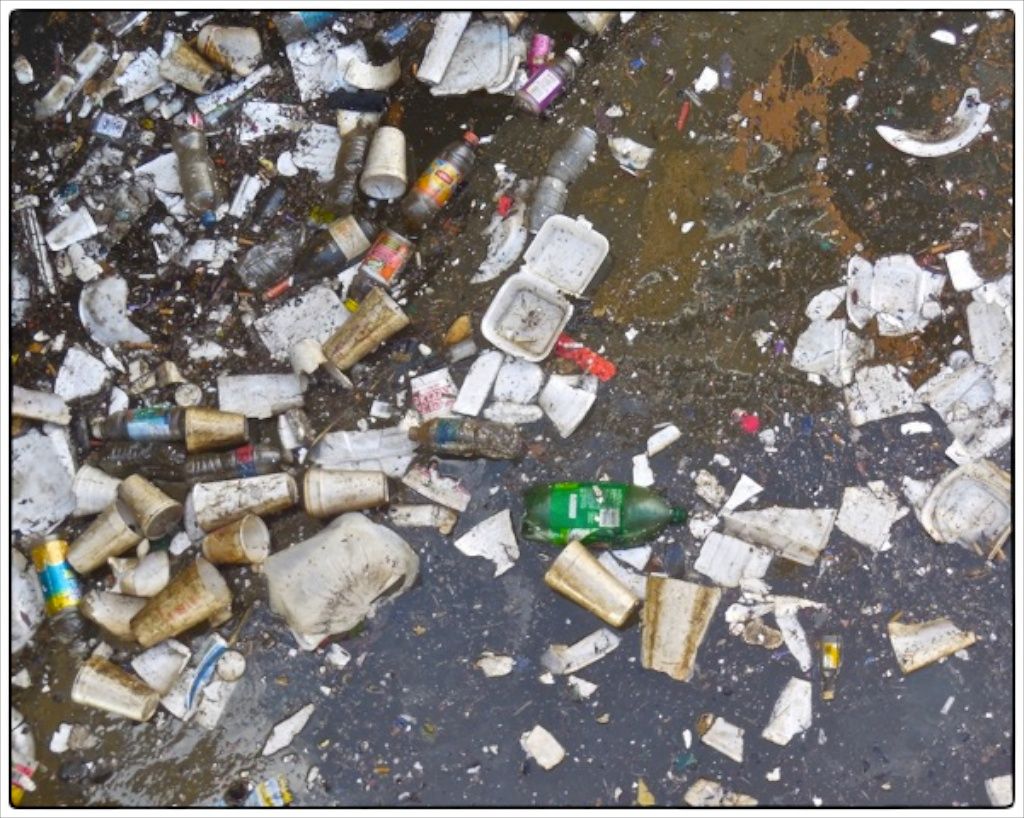

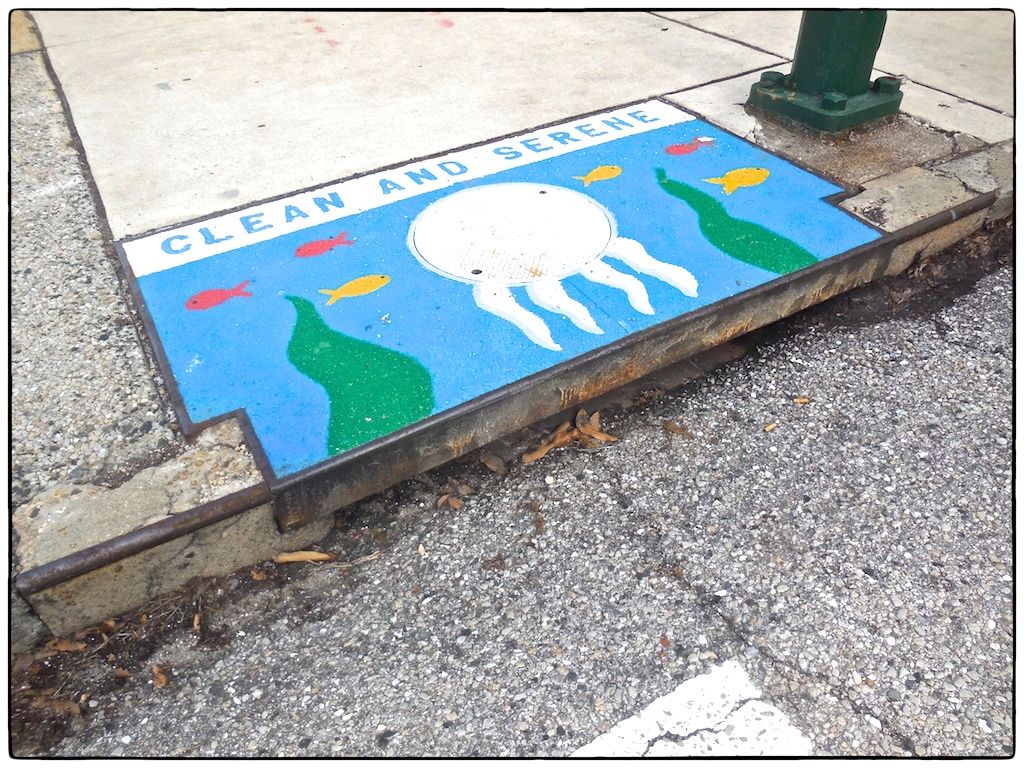
You might qualify for a new government solar rebate program.
ReplyDeleteDiscover if you qualify now!